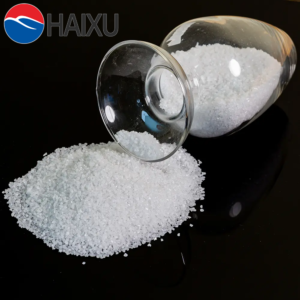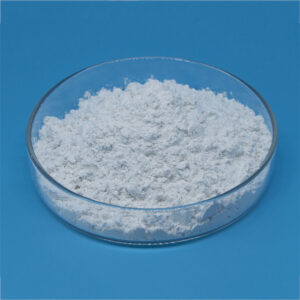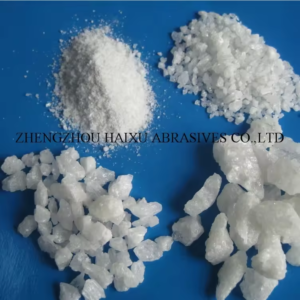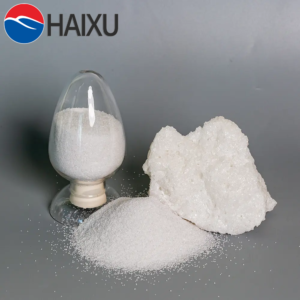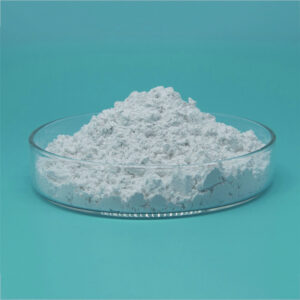What are the differences between quartz sand and white corundum?
1. Composition
Quartz sand: The main component is silicon dioxide (SiO₂), which usually contains a small amount of impurities.
White corundum: The main component is aluminum oxide (Al₂O₃), with high purity and low impurity content.
2. Hardness
Quartz sand: Mohs hardness is 7, medium hardness.
White corundum: Mohs hardness is 9, high hardness, second only to diamond.
3. Color
Quartz sand: Usually white or transparent, it may also appear in other colors due to impurities.
White corundum: Usually pure white, close to colorless when the purity is extremely high.
4. Uses
Quartz sand: Widely used in glass manufacturing, casting, water treatment, construction and other fields.
White corundum: Mainly used in high-grade abrasives, polishing materials, refractory materials and precision instrument manufacturing.
5. Price
Quartz sand: Relatively low price and abundant resources.
White corundum: The price is higher, and the production cost and process requirements are higher.
6. High temperature resistance
Quartz sand: The high temperature resistance is general, and phase change may occur at high temperature.
White corundum: Excellent high temperature resistance, suitable for high temperature environment.
7. Chemical stability
Quartz sand: Good chemical stability, but easily corroded in strong alkali or hydrofluoric acid.
White corundum: Excellent chemical stability, acid and alkali corrosion resistance.
Summary
Quartz sand: Suitable for general industrial applications, low cost.
White corundum: Suitable for high-demand fields, excellent performance but high cost.
Choose the right material according to specific needs.
